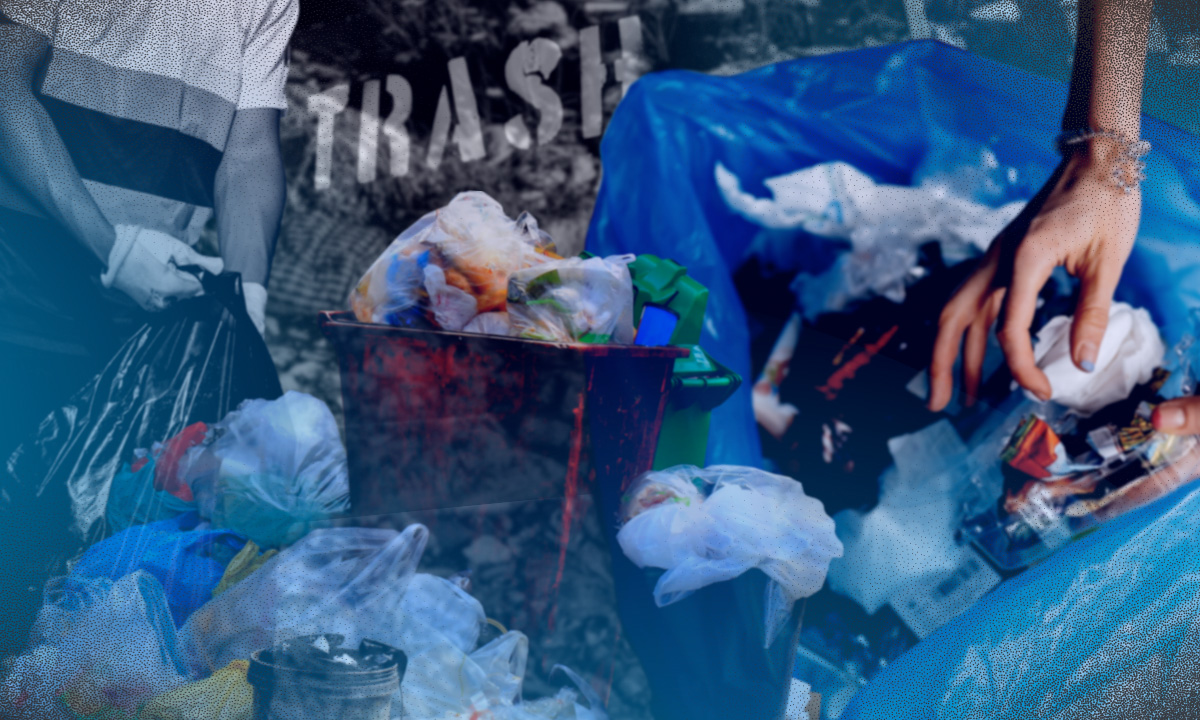Int’l groups warn vs waste-to-energy: it’s more toxic
Several international enviironmental groups are warning against the use of waste-to-energy (WTE) to generate electricity, saying the technology offered “false solutions” to waste management, is more expensive and likely to produce pollutants that are more toxic than those existing now.
“Incineration, in particular, stands out as one of the most environmentally harmful and costly waste disposal methods,” said the group Global Alliance for Incinerator Alternatives (GAIA) in an FB post.
“The industry greenwashes incineration as ‘waste-to-energy’ despite generating minimal amounts of usable energy,” GAIA said.
Incineration is the only known method to convert waste to energy.
The group said the incineration industry is exploiting and milking the falsehood of WTE to “access billions of dollars in federal, state, and local green, renewable, and sustainable energy subsidies and tax breaks.”
“Incinerators are dirtier than the rest of the energy sources. They emit 3.8 times as much greenhouse gases,” it added.
GAIA also said incinerators transform waste into toxic ash which would only worsen air and water pollution and is more difficult to contain.
Usually, the ash generated by WTE is more toxic than the waste that was burned to produce electricity.
“This toxic ash causes harm to human health, increasing asthma risks, reduced lung function and greater hospital admission,” GAIA said.
“In addition, incinerators are costly to build and run, wasting billions of taxpayer money that could go into real zero waste solutions,” it said.
Another group, Zero Waste Asia, said WTE was neither a “just” nor “transitional” source of power and urged a stop to international funding for WTE projects.
“The International Finance Corporation (IFC) and the Asian Development Bank must stop funding WTE projects to replace coal plants positioned as a renewable source of energy,” said Zero Waste Asia. IFC is a World Bank arm.
“Worse, privatizing the waste sector almost always displaces waste pickers. It is urgent to phase out these false solutions,” it said.
The group said WTE is worse than coal because:
- its greenhouse gas emission is 2.5 times higher than coal
- its emission of toxic chemical dioxin/furan is 28 times higher than coal
- its emission of mercury is 14 times higher
- its emission of nitrogen oxide is 3.2 times higher
- it emits nearly 2 times more carbon monoxide, a highly poisonous gas
- it emits 20 percent more sulfur dioxide
- it emits 2.5 times more carbon dioxide
Ronald Steenblik, senior technical advisor of Sustainable Just Economic Systems (SJES), supported the conclusions of GAIA during a livestrean event last Thursday (January 25).
“WTE plants do reduce plastic as a physical waste but produce large amounts of CO2 emissions, and depending on the sophistication of the plant, the release of toxic air pollutants,” said Steenblik.
“Residuals from burning plastics also have to be disposed of properly,” he added.
Steenblik also said that because of potential harm, incinerating plants in the European Union had been reauired to report CO2 emissions this year.
Steenlik also said WTE plants were very expensive and existing ones suffered technical glitches while in operation.
“They, too, produce a lot of waste. And in the end, burning fuel derived from plastics adds CO2 to the atmosphere,” he said.
